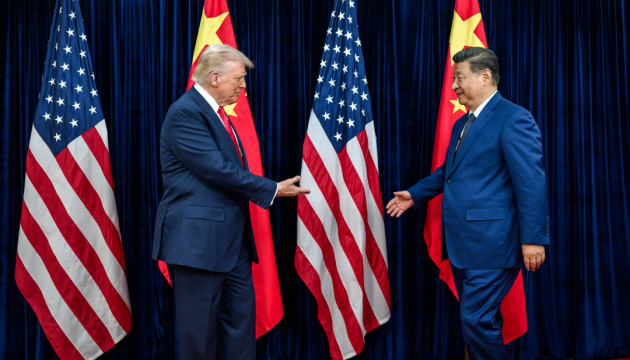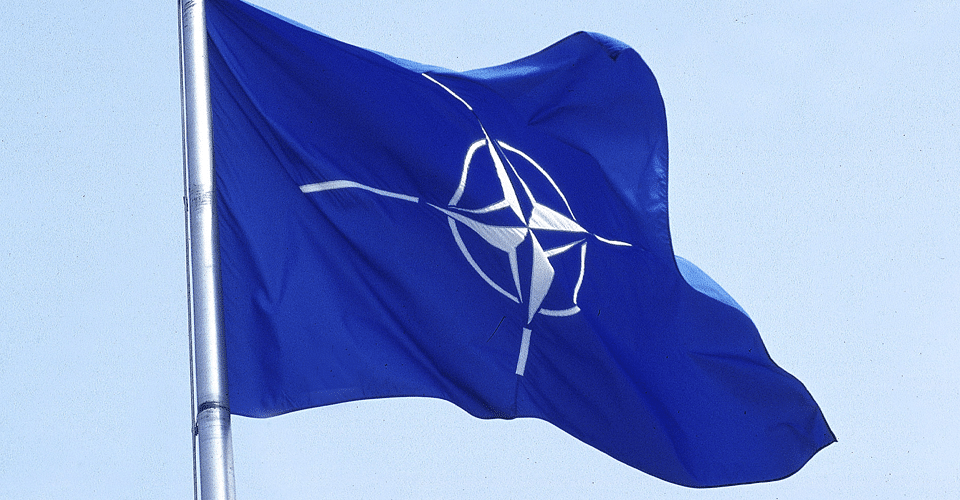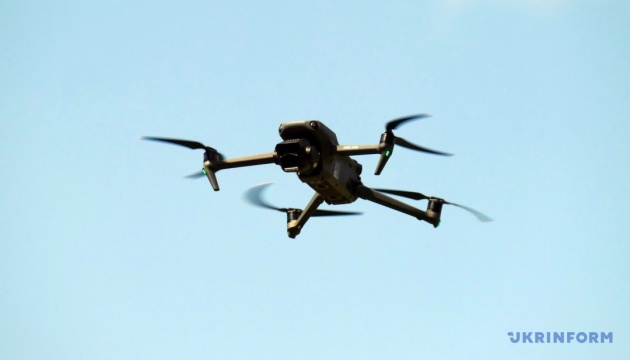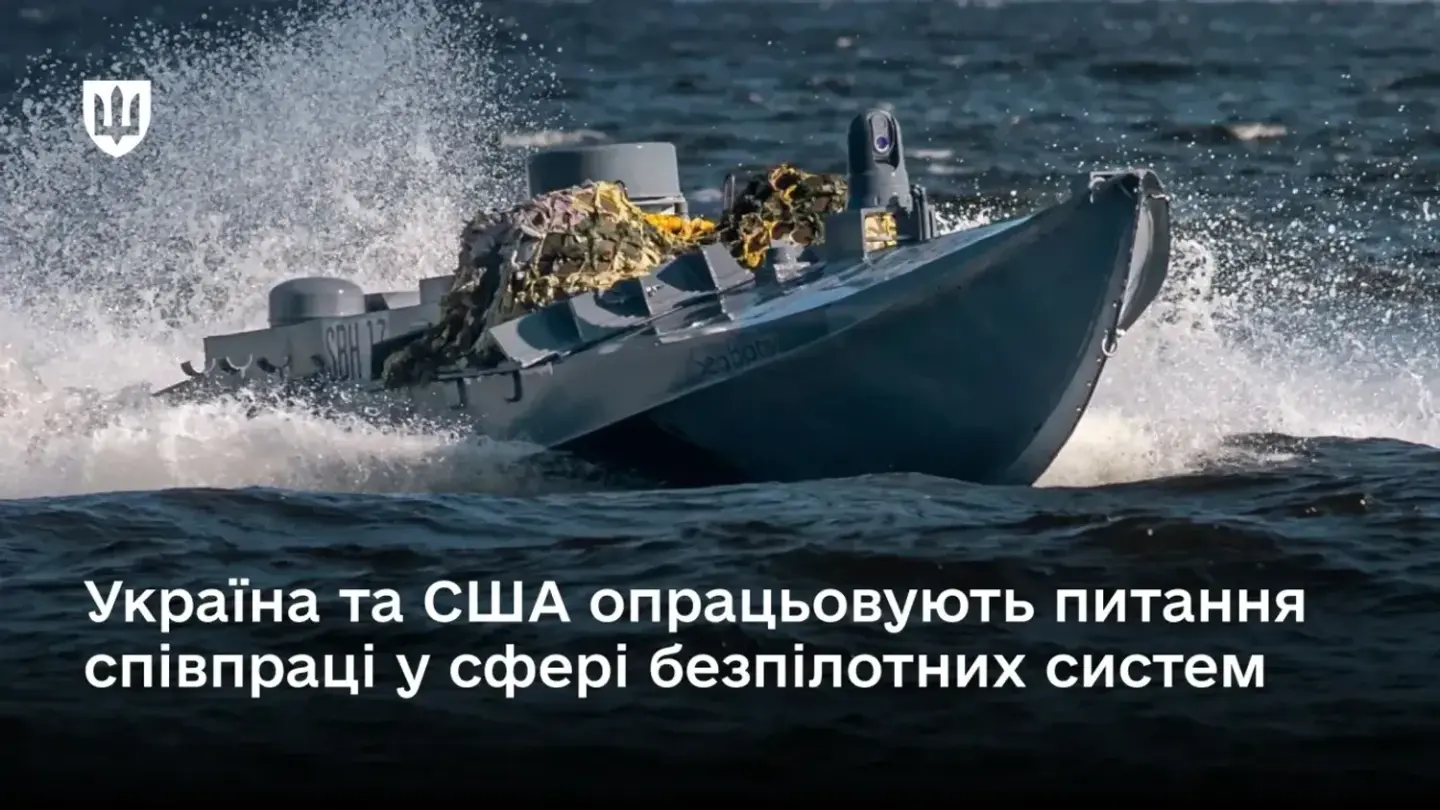Чтобы соединить детали из пластмассы чаще всего используют сварочные аппараты. лучшие модели данный устройств, вы можете приобрести на сайте gk-sk ссылка, который пользуется неизменным уважением среди клиентов. Такой способ является более экономичным, технологичным, безальтернативным в большинстве случаев. При сваривании пластмассовых деталей получается качественное соединение. Сварочные работы таких элементов проводят как в промышленности, так и в домашних условиях.
Сварка пластиковых элементов осуществляется различными методами, объединенными в две группы. Первая группа объединяет способы сваривания, при которых детали из пластмассы нагреваются до вязкотекучего состояния. Если сваривание проходит без нагревания деталей или с нагревом до температуры, ниже вязкотекучего состояния, то такие способы относятся ко второй группе.
Чаще всего используют сварку, при которой элементы подогревают до вязкотекучего состояния. Выделяют следующие виды сварок:
— газовая;
— с расплавленной присадкой;
— с помощью лазерного, инфракрасного излучения;
— с применением ультразвука;
— путем трения;
— с помощью тока высокой частоты.
Все эти разновидности сваривания отличаются типом потребляемой энергии, способом ее преобразования и вводом в зону контакта.
Пластмассы классифицируются на те, которые отличаются своим поведением во время разогрева и способностью к сварке под воздействием теплоты. Первая группа – термопласты. Такие пластмассы нагреваются до состояния вязкого течения и при этом их структура и свойства не нарушаются. Их можно нагревать для размягчения, а потом возвращать в первоначальное состояние. В первую группу входят почти все полимеры. Вторая группа включает в себя полимеры, у которых способность перехода в состояние вязкого течения теряется. Такие пластмассы носят название реактопласты. Сваривать путем нагревания такие полимеры нельзя.
При сваривании полимеров сварщик выполняет следующие действия:
1. Энергия подводится и преобразуется, чтоб активировать поверхность для сварки;
2. Свариваемые поверхности должны в контактной зоне взаимодействовать;
3. Формирование структуры элементов.
Самым главным действием при сваривании пластмассовых деталей является взаимодействие свариваемых элементов. Когда алюминий переходит в состояние вязкого течения, слоя расплава смешиваются, что приводит к исчезновению границ раздела. Такое состояние способствует образованию соединения с высокой прочностью. При ультразвуковой и высокочастотной сварке соединение элементов образуется моментально.
Нагретый инструмент для сварки
Сваривание пластмассовых элементов с помощью инструмента после нагрева – самый простой способ. Благодаря определенным преимуществам такая сварка популярна среди сварщиков. Для такого способа сваривания характерны такие достоинства как простота сваривания, низкая стоимость аппаратов и защитных элементов. Такой вид сварки применяется для выполнения работ по соединению труб, изготовлению емкостей различного объема и форм, производству автомобильных деталей, и т.п.
Чаще всего используют сваривание с помощью нагрева на прямую. При таком способе сваривания детали соединяются двумя действиями:
• нагретый прибор для сваривания элементов прижимается к поверхности соединяемого элемента для ее разогрева;
• после нагрева поверхности нужно приложить усилие для сваривания деталей. Потом элементы охлаждаются.
Сваривание нагретым газом
Для разогрева элементов применяют газ, который поступает из сопла горелки или термофена.
При выборе газа необходимо учитывать свойства пластмассы. Воздух – самый экономичный газ. Азот и аргон используют для сваривания пластмассы с большим количеством кислорода в их составе.
Сваривание элементов нагретым газом используется очень часто. Стоимость необходимого оборудования невысокая. С помощью такого способа сваривания можно соединить элементы разных размеров и конфигураций. Чаще всего таким способом сваривания соединяют конструкции, изготовленные из материала, толщина которых составляет от 1,5 мм. Например, химические аппараты, емкости разных размеров и форм, трубы.


 3627
3627












